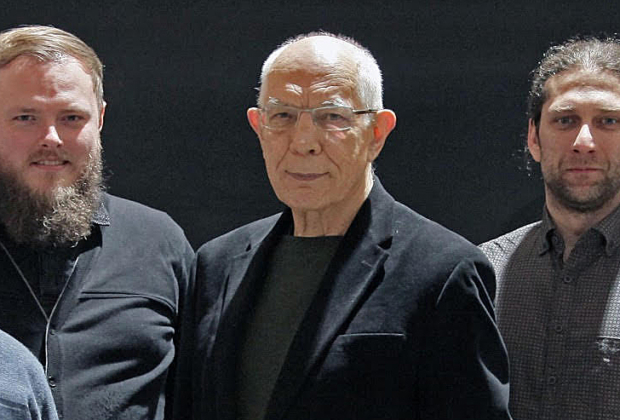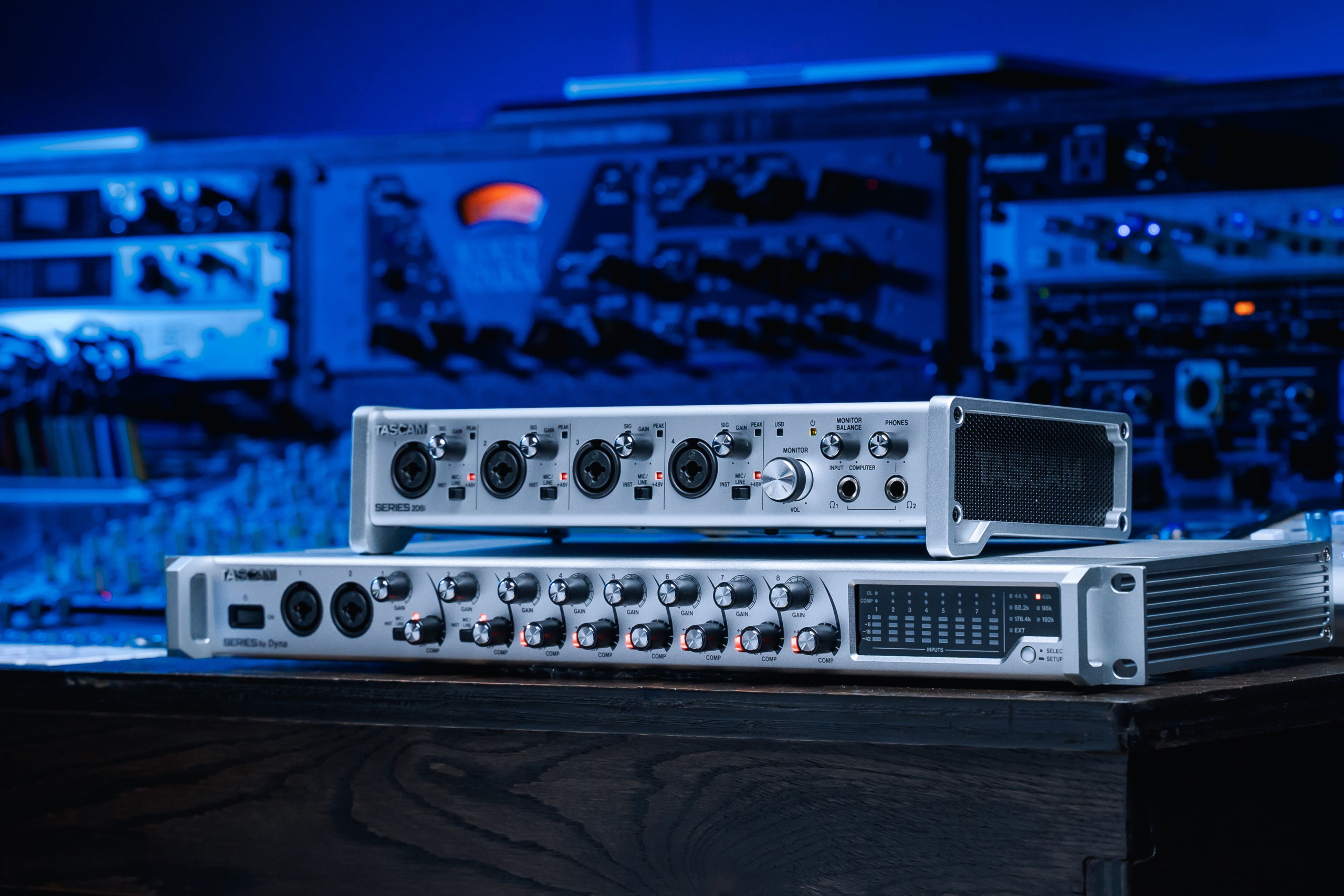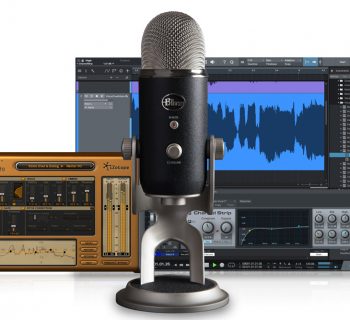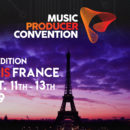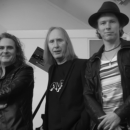Years with Company: 5
Address: NA
Phone: 917-717-5038
Web: reflectoraudiousa.com
Email: [email protected]
BACKGROUND
A former drummer, Latvian audio engineer Martins Saulespurens came to the States in the early ‘90s before founding Blue Microphones. After discovering Reflector Audio, he decided to bring the renowned manufacturer to the US. The company’s flagship product, the Q1818, is a professional-quality studio monitor that features a unique box-free design.
Feeling Blue
As soon as the iron curtain fell in the late ‘80s, I started traveling to America. I have more than 50 years’ experience of sound recording and a degree in electrical engineering. I worked as the head of a sound recording library and the task was to take care of all the recording equipment and do live recordings, mostly classical music at the local musical academy. In 1995, I founded Blue Microphones - Baltic Latvian Universal Electronics - along with my partner, Skipper Wise. I’m still in microphone design.
The Reflector Revelation
Being in microphone design, I had to do a lot of listening and measuring. It’s one thing when you measure in the anechoic chamber and another in real situations. And I was always unhappy with the speaker systems, so most of my work was done with headphones. A couple years ago, I learned about Reflector Audio. I listened at one studio and then went to the lab where they make the speakers and was amazed. For the first time, I could really evaluate my microphone. I was amazed by that design and the guys also wanted the [American] market to be considered. I was so convinced about the product that I [found] the courage and founded Reflector Audio USA.
Shipping the Q1818
We’re thinking about establishing a manufacturer [in America] because this is a very big, heavy system and [in terms of] logistics it would be better that the work be done where the product is used. We usually ship by air and it’s quite an expense.
The Low End
There is one French composer who has a symphony with organ playing. The organ goes to the lowest note, which is below 20 Hz. In this way, you can show what your speaker system is capable of. Can you hear that sound? It moves your body if it’s properly reproduced. You can’t always get a good recording of this piece, but there are several. Anyway, when I evaluated it, I thought no, it can’t be reproduced. And it was really hitting my stomach. And it was also going in the normal frequency range. It was amazing.
Starting High
The Q1818 has a retail price that most of your readers are not even dreaming. We wanted to start with the most expensive and establish ourselves as a brand and then do the cheaper [versions] but with the high quality. Of course, they’ll be lacking some of the properties [of our Q1818] but they could be very excellent near-field monitors.
Looks Can Be Deceiving
With high-end audio, it’s so subjective. And when [Reflector] started doing high-end audio, I was, for a moment, not interested, because sometimes there are certain speakers that are not for the recording industry. But when I first heard Reflector speakers in a Latvian studio, I was immediately attracted to what they did. I was not sure what I was hearing, because at first my inner feelings were based on looks and that it can’t work. But then it really took my heart and ears and everything.
Installation
[Installation is] part of the purchase [price] and we are still improving on it to make it simpler. Right now, we are working on special software that will make it easier for acousticians to install. Reflector will come to your place to make everything easier.
Developing Your Ear
You need to develop your hearing in various situations. If I go through the park or I’m in the subway and there is some sound, I stop and analyze––do I like it or not? You need to develop your attitude. Is this the right one for your musical taste? What I mean is that you must hear the difference between MP3s and even a regular CD. I always try to go through the recent top ten or I look into the Billboard charts and then I analyze. Very often, the sound isn’t as good as it could be. For beginners, it’s really [important] to develop his taste and, of course, he needs to listen to what he likes [and figure out] why he likes [it]. And he needs to have a mentor he trusts.
Your Brain’s EQ
There’s a well-known New York guy whose studio is equipped with high-quality equipment. And when he first listened to Reflector’s system he didn’t like it. He was impressed, but he preferred his own system. We left the system with him for several months, I think, and his mind changed. When you are working with certain gear, including speakers, you are accustomed to it and there is a certain psychoacoustic process going into your brain. When you are accustomed to a certain system, your brain makes a certain EQ. For me, it was the same thing. I had to listen more and then make an evaluation.
Sometimes professionals forget their brain is how they perceive and can’t immediately readjust the EQ that was made in their brains to cope with the deficiencies. I’m talking about relatively small problems with the gear. Either it’s phase-related or frequency-related or due to the not-so-good room, but he can still make a good mix because in his brain he’s adjusting, erasing or deleting the problems in his gear. So when you [hear] a new, supposedly better [system], you can’t immediately make a judgment. It’s much easier with microphones.
Cheap Doesn’t Mean Bad
Today, most gear is good. It can have deficiencies, but the quality is much better than twenty or thirty years ago when the difference between cheap speakers and expensive speakers was like day and night. Of course, there’s still bad stuff but the lower quality, be it microphones or amplifiers or speakers, has gone to a higher level.
Today, there is not a big difference between expensive and not so expensive equipment.
Cultural Frequencies
Why weren’t speakers in the ‘60s and ‘70s coming from China? And they all lacked mid-range and were more on the high end. I didn’t understand. Then I visited China for the first time in 2005 and heard some street musicians playing and singing on one- or two-stringed instruments. I also listened to them talk and it was really pitch-oriented and more on the high end. I started thinking it was also the same thing with [their] microphones. Their microphones were really lacking in low end and were rather sharp and high-pitched. But their music and language doesn’t have a need for that low end. So I always test my microphones with my mouth. “Testing… testing…” I want to hear that mid-range and lower part.
Now it’s changed, but in 2005 no Chinese manufacturer had a real studio. They had those nice anechoic chambers. They were making measurements but were not really listening. That was surprising. You can measure certain things like frequency response but this won’t give you a real idea of how it works in your room.
There’s also a cultural issue with how you listen. That’s important for the recording amateur to understand. If he wants to record a Chinese folk singer, he may be in for a moment of shock because he’s missing some of the middle range or it’s sounding high-pitched. If he doesn’t know the environment and culture of the song or composition, things may go in the wrong direction.

